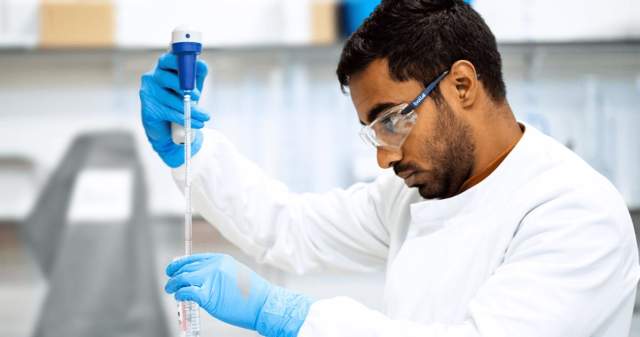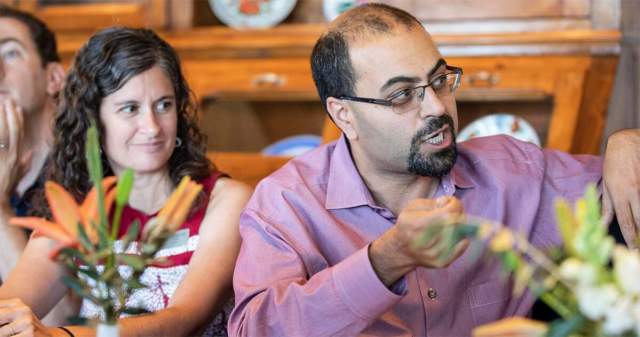Dr. Lauren Weiss, Staglin Family/One Mind Assistant Professor of Psychiatry at UCSF, and her team have published a paper in Human Molecular Genetics detailing the useful outcomes of their discovery of a novel 2-tiered network of genetic regions that appear to regulate an autism candidate gene, and the association of rare variants in these regions with autism.
Dr. Weiss, working as a postdoctoral fellow with Dr. Mark Daly had performed a genome-wide association study, a sort of analytical “shotgun approach” to locating common variation in genes and genetic regions that might correlate with risk for a given disease. This study, published in 2008, showed that a particular version of a basic unit of DNA, called a SNP (single nucleotide polymorphism), correlated with a significant autism risk. Their team and previous work also showed that a neighboring neurodevelopment gene, SEMA5A, has lower expression in the blood and brains of individuals with autism compared with controls. This suggests that it may not be the code or spelling of the protein, but the amount of protein, or expression level, that might be important.
However, analysis revealed that the influence of this initial SNP from the 2008 paper was too weak to account for the reduced expression of SEMA5A by itself. So, Dr. Weiss’ UCSF team took the study literally to the next level by using a form of genome-wide association analysis called eQTL mapping to identify expression regulators, which enabled them to construct a 2-tiered map of the range of genes which influence the expression of SEMA5A, or the amount of the gene product.
In this map, they found several regions in which rare variants were already known to be associated with autism spectrum disorder susceptibility. They tested a new hypothesis that rare variants in the genome, specifically deletions or duplications of genetic material, cluster near regulatory regions for SEMA5A and found this to be the case. This momentous discovery suggests a striking hypothesis: that these multifarious genetic variants might actually contribute to autism risk through their influence on a single gene, SEMA5A.
“If this hypothesis is indeed proven by further testing,” Weiss’ team posits, “it suggests a new understanding of the biology of autism, as well as new directions for biomarker and treatment targets in ASDs.”
We at One Mind congratulate Dr. Weiss and her team on this exciting publication.








